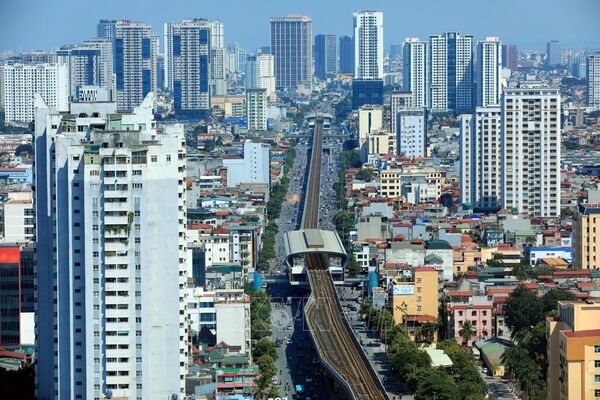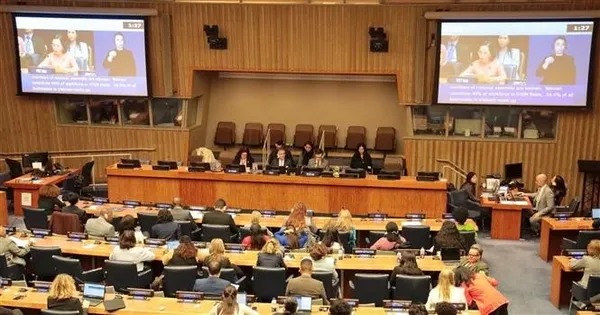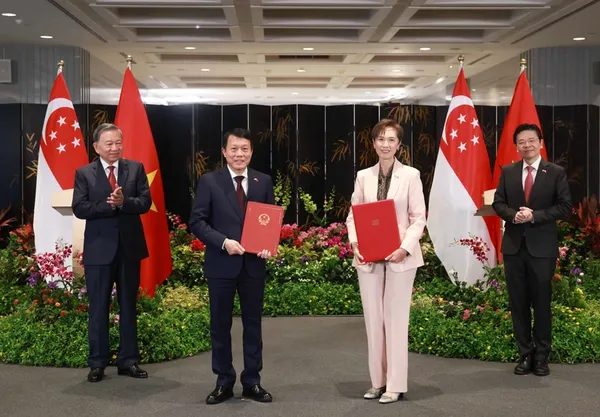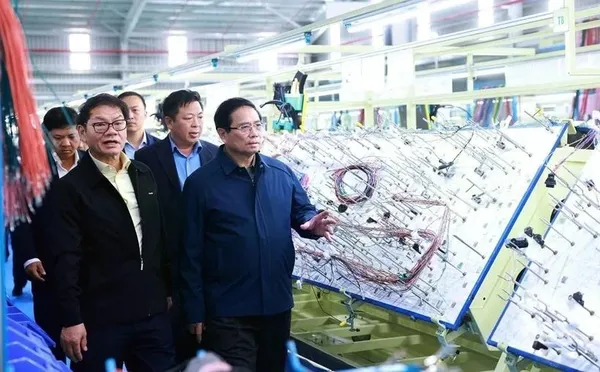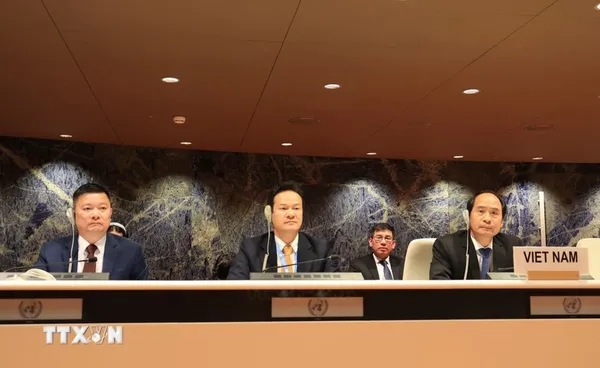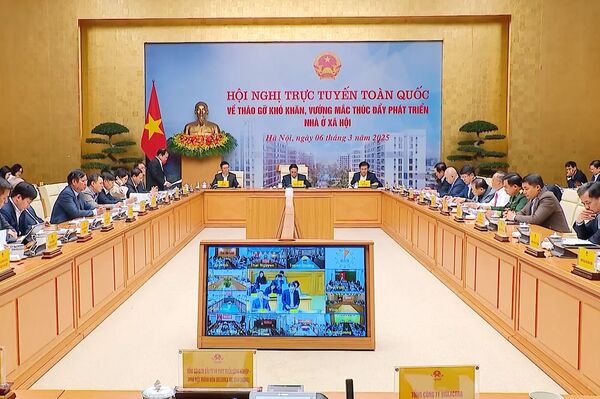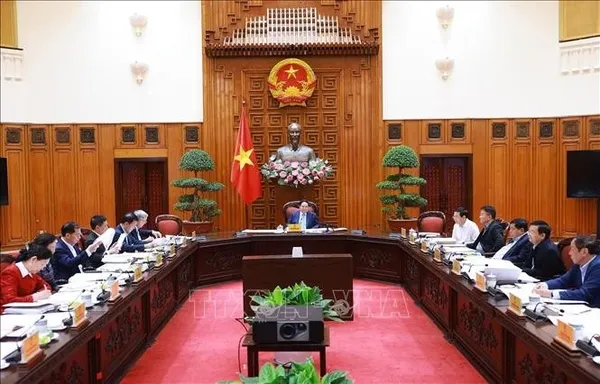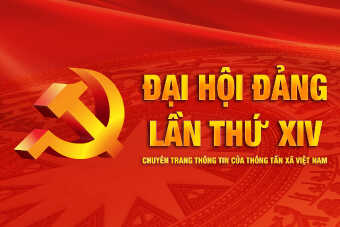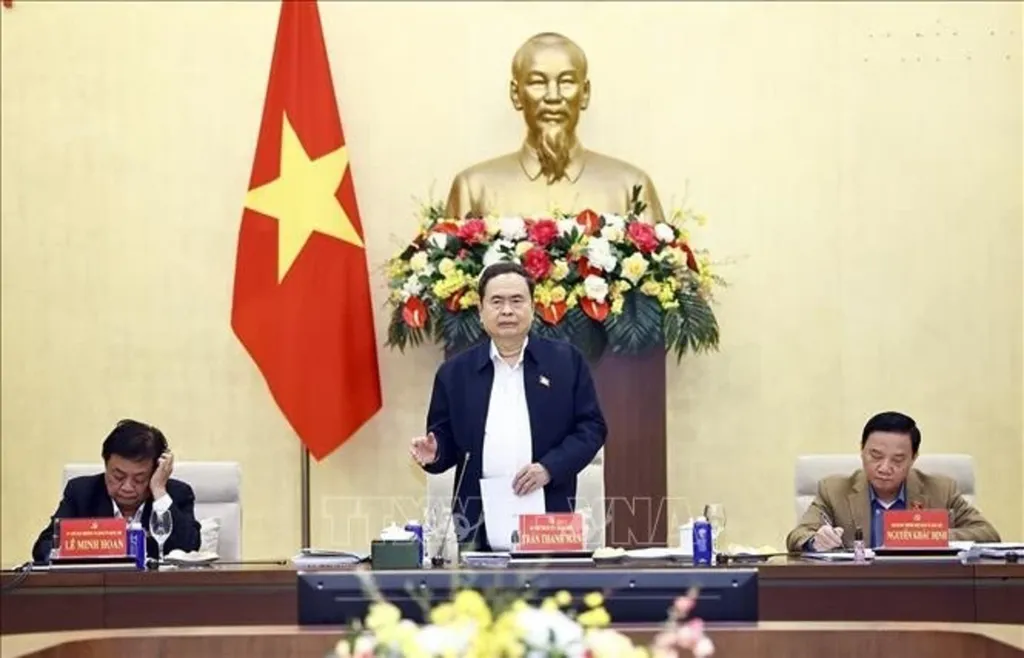 |
| Secretary of the NA Party Committee and NA Chairman Tran Thanh Man addresses the meeting. (Photo: VNA) |
Hanoi (VNA) – The National Assembly (NA) Party Committee’s Standing Board convened a meeting on March 17 to discuss a number of issues related to a project on the orientation of the election of deputies to the 16th NA and People’s Councils for the 2026-2031 tenure.
Under the chair of Secretary of the NA Party Committee and NA Chairman Tran Thanh Man, participants also gave their opinions on amendments and supplements to to the Law on Election of Deputies of the NA and the People's Councils, as well as the progress of amendments and supplements to certain provisions of the Constitution 2013.
Addressing the meeting, Man clarified that all the discussion contents are aimed at enabling the re-organising and streamlining of the political system’s organisational apparatus and reporting to competent agencies.
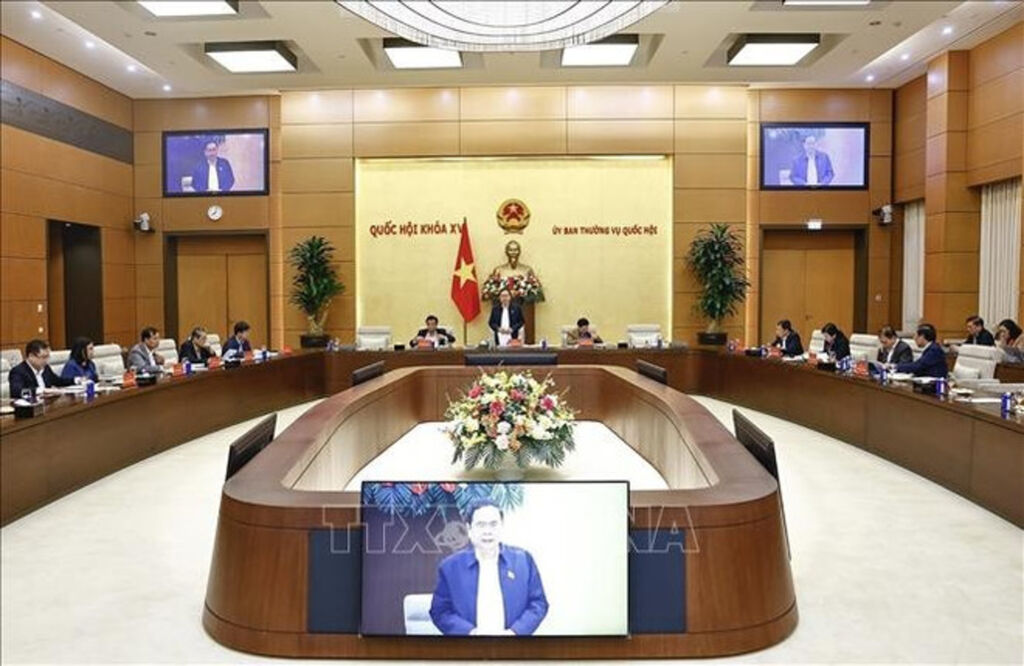 |
| An overview of the meeting (Photo: VNA) |
Highlighting that the streamlining process was now entering its second phase, focusing on restructuring at the commune and ward levels, the top legislator pointed out that after the Constitution is revised, consideration will be given to the abolition of the district level and restructuring the provincial level.
The NA Chairman urged relevant agencies and units to lead and direct the political and ideological work among officials, Party members, and the people, while remaining vigilant against hostile forces that might exploit the streamlining revolution to undermine or distort the process.
He also urged NA agencies to closely coordinate with government bodies to carefully prepare the contents to submit to the Politburo and the Party Central Committee, ensuring progress, quality, and compliance with the set requirements./.


